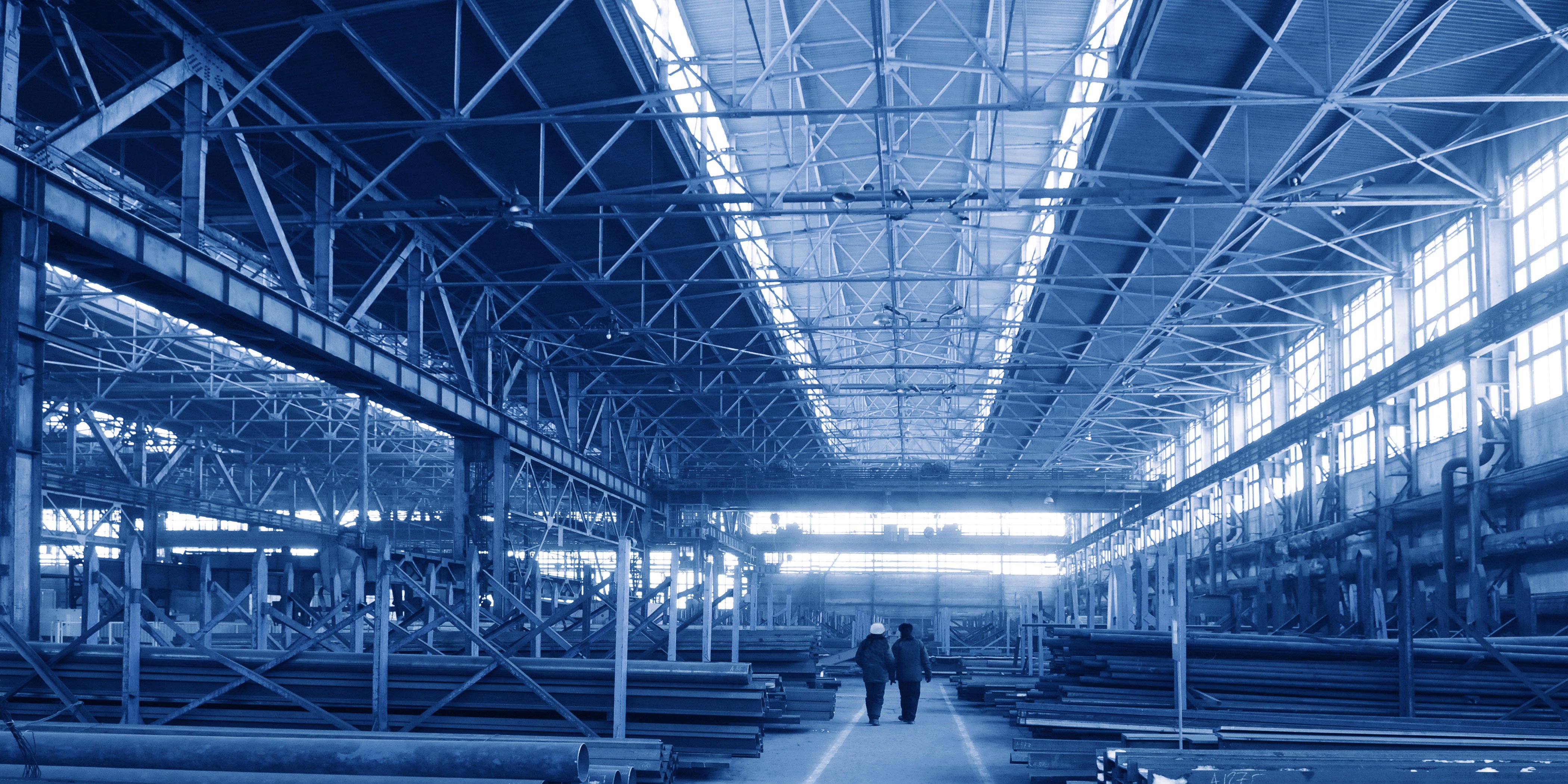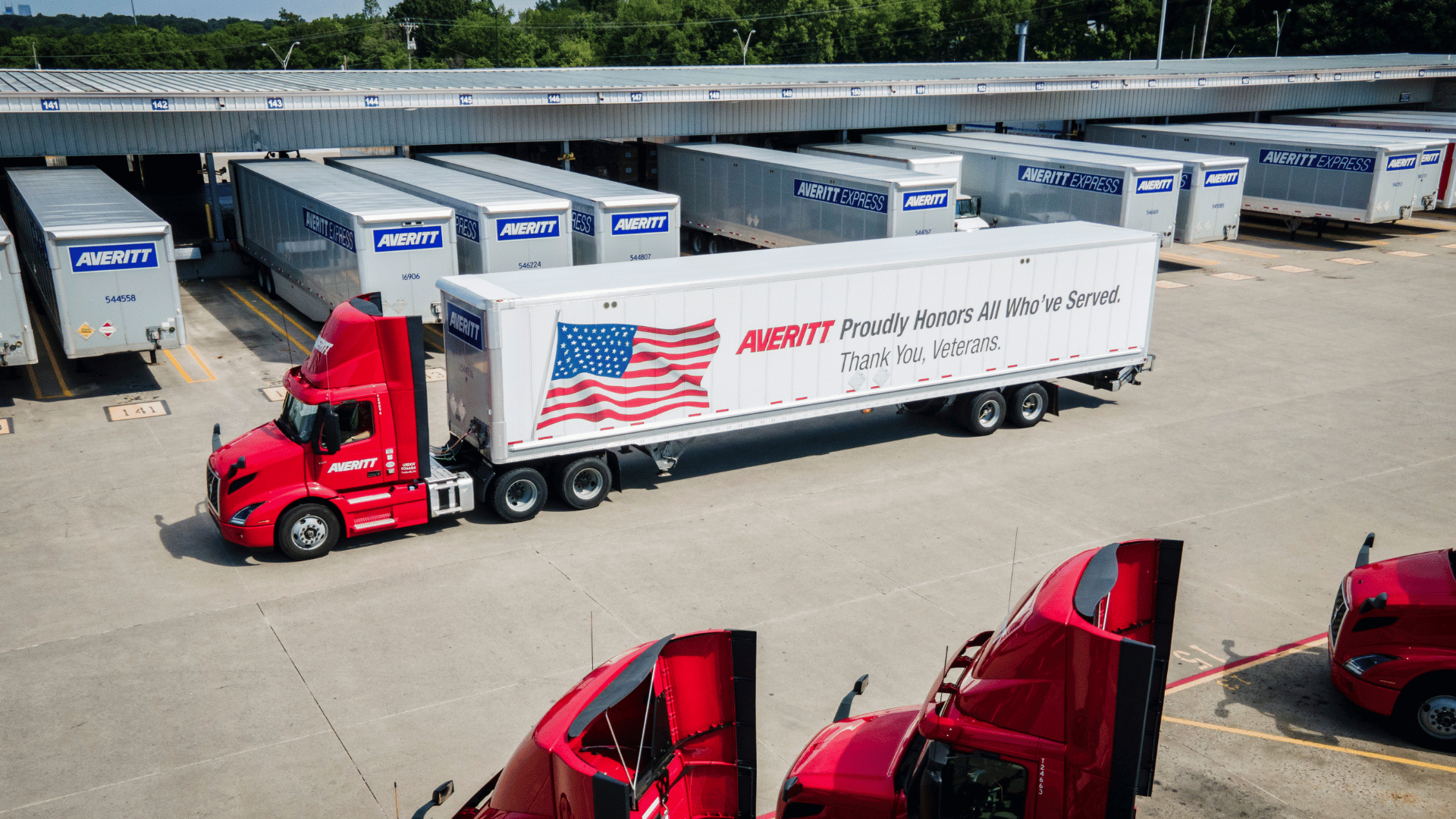Trucking is an indispensable part of the US economy, accounting for roughly 70% of all goods transported nationwide. Truck driving is also the most common job in roughly 28 of the country’s 50 states.
Yet every time a truck driver gets behind the wheel, they face risks. The occupation ranks among the most dangerous in America, with upwards of 766 fatal injuries annually. Although 80% of these accidents are caused by cars and other passenger vehicles, accidents can also be caused by any number of factors – such as careless handling of the truck, driver fatigue, and equipment failure.
The growth of e-commerce has only exacerbated the situation; with more and more packages flooding the supply chain and more deliveries being made, truck drivers are under more pressure than ever before.
This leaves fleet managers and safety directors with the tall order of maintaining a culture of safety in their company. Fortunately, modern trucking technology is evolving rapidly – as are the protocols that can improve safety for drivers. New studies indicate that implementing such accident mitigation systems as forward collision warning and automatic emergency braking (AEB) could reduce the frequency of certain accidents by as much as 40%.
Given the enormous human and financial costs associated with trucking accidents, an investment in safety technology can pay enormous dividends. Here we outline a few of the technologies contributing to the improving safety of fleets nationwide.
Driver Alert Systems
Driver fatigue can happen at any time – even among those who follow proper protocols and don’t knowingly violate hours of service guidelines. That’s where driver alert systems can prove invaluable. These systems detect the level of a driver’s drowsiness and subsequently warn them to get off the road. They use advanced algorithms to observe and analyze factors like the time of day, length of the trip, frequency of turn signal use, and the driver's steering behavior. Some even incorporate biodata such as a driver's age, weight, and average amount of sleep per night.
Forward Collision Warning and Mitigation Systems
These systems aim to reduce accidents caused by a driver's inattention. Using cameras and sensors, they alert drivers if they're getting too close or tailgating another vehicle. They depend heavily on LiDAR – light detection and ranging – technology, which uses pulsed lasers to determine the distance between objects. In many cases, they're paired with functions such as automatic emergency braking (AEB) and lane-keeping technology, which help keep drivers and trucks safely clear of other vehicles. For instance, Averitt tractors utilize the Detroit Assurance System, which features Active Brake Assist and Adaptive Cruise Control to adjust the truck's cruising speed automatically.
Electronic Stability Control
Electronic stability control (ESC) focuses more on the equipment than the operator. Much like driver alert systems, ESC observes things like steering wheel activity and tire movement. But instead of measuring a driver’s drowsiness, it looks for signs of slippage or loss of traction. Once a problem is detected, the system can immediately do things like decrease speed or lower the engine power of the vehicle. This quick reaction time and high accuracy rate makes ESC particularly useful during unexpected road events or under bad road conditions. The technology has proven so effective that in 2012 the National Highway Traffic Safety Administration (NHTSA) required that it be a part of all passenger vehicles.
Cameras
For any driver, visual limitations can be dangerous. For truck drivers, this danger is magnified. Fortunately, cameras offer a simple solution. By providing the driver with a clear view of the area around the truck, cameras help assess blind spots – not only on the move, but also in reversing and docking situations. These camera systems typically feature wide angle lenses, high-definition screens, and audio alerts. A rearview camera on the trailer and side-view cameras on the tractor can help a driver visualize blind spots, while a front-facing truck dash camera can serve as an eyewitness to collisions and other driving risks.
Artificial Intelligence
AI is also making its presence felt in the trucking industry – and it has some key implications for safety. By helping with things like route planning and traffic monitoring, AI applications can help truck drivers avoid risky traffic situations. But these systems can also derive insights by analyzing the behavior of drivers in a fleet – which can help identify which ones fall consistently short of safety protocols.
That said, the rise of self-driving trucks attracts the most AI attention. Since TuSimple’s successful 22-hour trial run from Phoenix to Dallas in 2019, interest and implementation have only increased. Tesla has introduced a system for their trucks that will provide semi-autonomous accelerating, braking and steering — though drivers will still need to keep a hand on the wheel. While proponents argue that self-driving trucks could make roads safer in the future by reducing the hazards of tired or distracted driving, there’s still a long way to go – and many sides to the issue.
Trained Drivers Are The Key
There's no replacement for a trained driver who understands and properly executes their responsibilities behind the wheel. That's why investing in a well-rounded training program that puts a premium on safety is important. While technology can and will be an indispensable help, properly educating drivers is the first step toward reducing the risks.
Safety Advances at Averitt
One recent development Averitt is taking advantage of is the Side Guard Assist. This helps to detect objects in a driver's blind spot. It has both a visual and audible warning system to make the driver aware of vehicles they may not be able to see directly. Click here for a handy PDF of safety features on Averitt trucks.
Technology and the focus on proper education is one of the reasons Averitt has been honored by the Tennessee Trucking Association with their First Place Safety Award for both LTL and Truckload.









